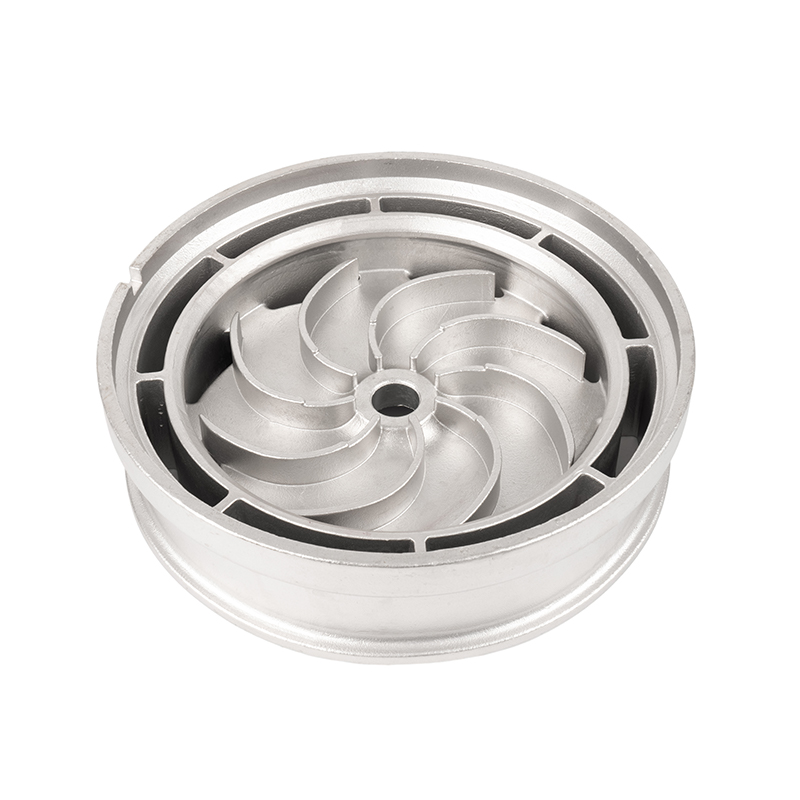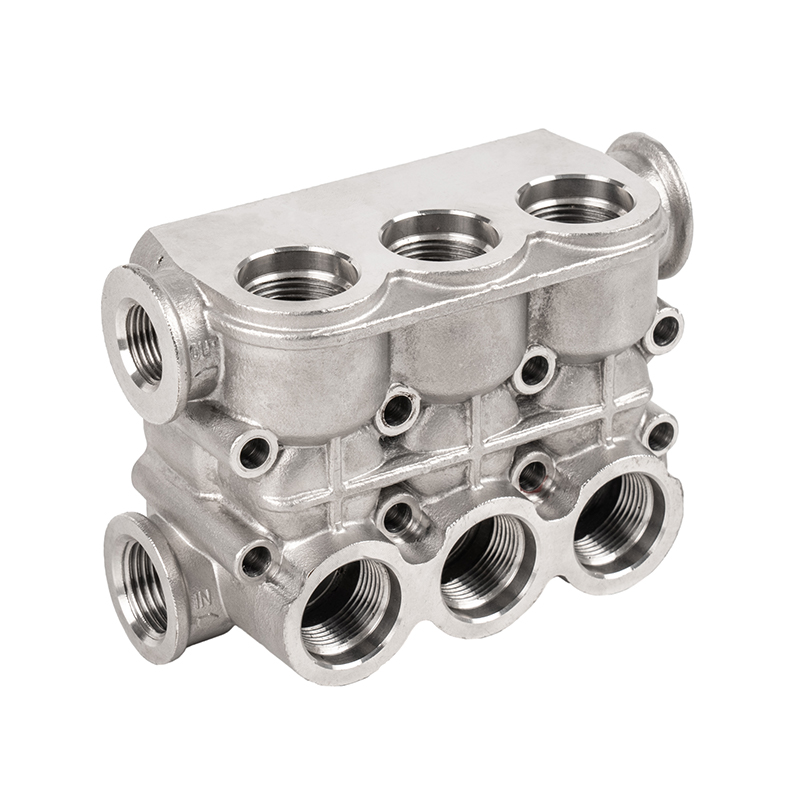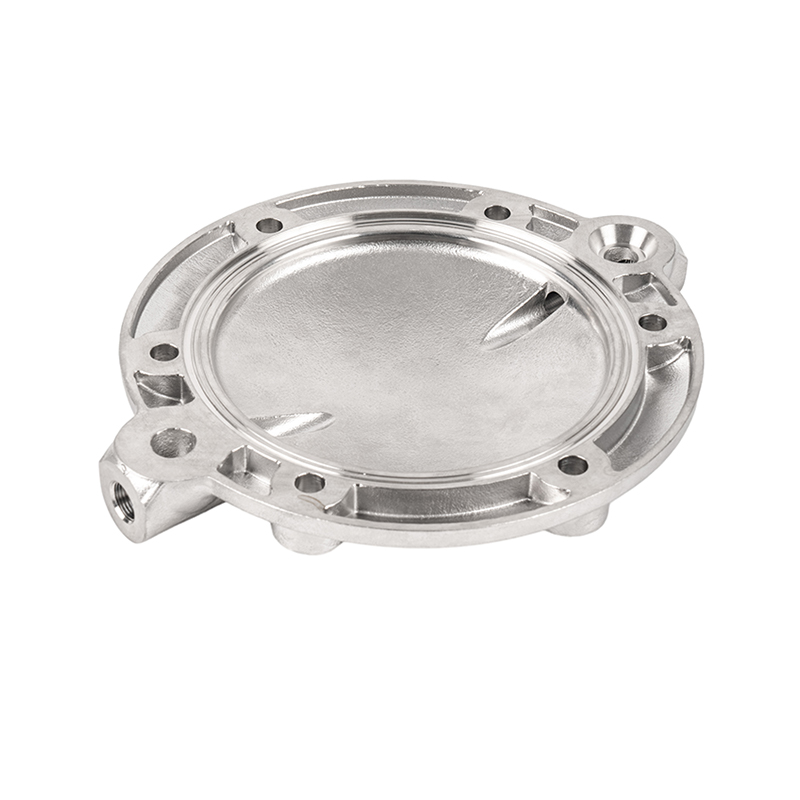What should be checked before installing the elbow reducer casting
Elbow reducer castings play a vital role in the pipeline system. As a key component for connection and steering, the inspection before installation directly affects the safety, stability and efficiency of the entire fluid transmission system. Therefore, before formal installation, a series of detailed inspections must be carried out to ensure that the selected castings are consistent with the system design requirements, so as to avoid potential leakage, wear and system failure.
Material and specification confirmation
Before installing the elbow reducer casting, the first task is to confirm whether its material meets the system design standards. According to the characteristics of the fluid medium, including factors such as temperature, pressure and corrosiveness, as well as different working environments (such as indoors, outdoors or buried), appropriate materials should be selected, such as cast iron, carbon steel, stainless steel or alloy steel. In addition, the verification of specifications and dimensions is also essential. It is necessary to ensure that the outer diameter, wall thickness, elbow angle and connection end type of the casting match the requirements of the pipeline system to ensure smooth fluid passage after installation, reduce resistance and improve transmission efficiency.
Appearance quality inspection
Appearance quality inspection is an important step in evaluating the overall quality of elbow reducer castings. The casting surface should be carefully inspected for cracks, sand holes, rust, oil or other damage. The presence of cracks and sand holes may cause fluid leakage, while rust and oil will affect the sealing performance and installation quality. In addition, the markings on the casting must be clearly identifiable, including manufacturer information, material identification and specification dimensions, so as to confirm that it meets the design requirements.
Dimension and tolerance measurement
Use professional measuring tools to strictly measure the key dimensions of the elbow reducer casting, including diameter, wall thickness, elbow angle and flange surface dimensions, and compare with the design drawings or relevant standards to ensure that the dimensions of the casting are within the allowable tolerance range. Dimensional deviations may cause installation difficulties, poor sealing or increased fluid resistance, which in turn affects the overall performance of the system.
Sealing surface inspection
For elbow reducer castings with flange connections, the inspection of the sealing surface is particularly important. The sealing surface should be kept flat, smooth, without scratches or damage to ensure the sealing of the flange connection. In addition, the alignment of the flange bolt holes should also be carefully checked for subsequent installation and tightening.
Check the accessories
Elbow reducer castings usually need to be installed with flanges, gaskets, bolts and other accessories. Before installation, the quantity, specifications and materials of these accessories must be checked to ensure that they match the castings and that their quality meets the relevant standards. In particular, when selecting gaskets, the appropriate material and type should be selected according to the characteristics of the fluid medium and the requirements of the working environment to ensure good sealing performance.


 English
English Español
Español русский
русский 中文简体
中文简体

















